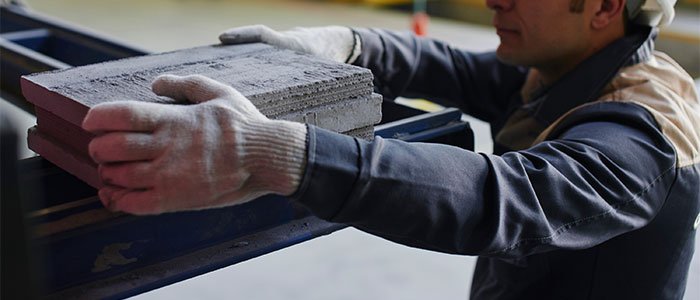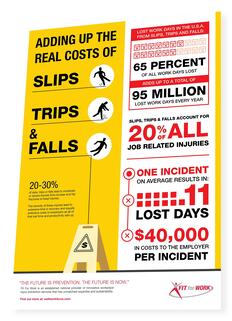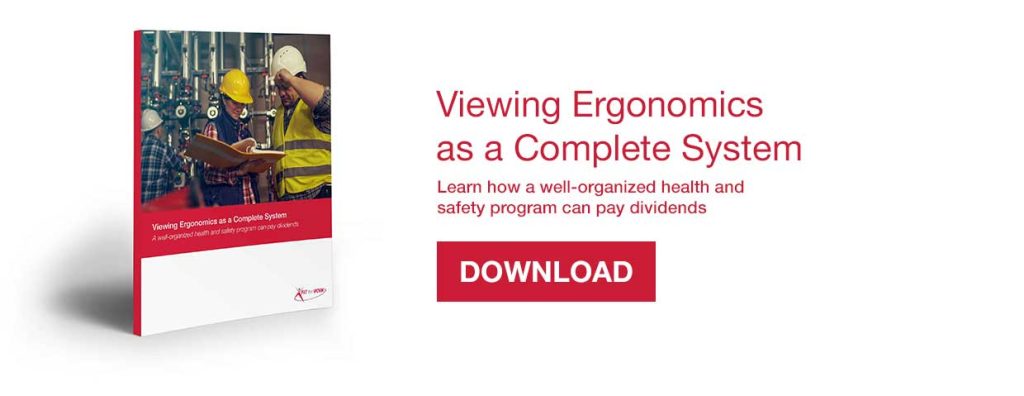- Injury trend data. If you notice that many of your injuries involve workers within 0-6 months from hire-to-injury, you may have hired that person with an existing injury.
- Workers requesting to be transferred to other positions/departments due to the physical nature of the job.
- High turnover. Exit interviews reveal the worker stated he/she was not aware of the physical demands of the job.
5. Which industries utilize job-specific, post-offer testing? Just about every industry from office-based environments to construction, oil & gas, manufacturing, warehousing, retail, transportation, etc. Learn more about the Physical Demands Analysis by downloading the free eBook! 
6. Post-offer employment testing discriminates against ethnic minorities and women, doesn’t it?
If the post-offer employment testing is developed and implemented properly; i.e., valid PDA utilized to assess the essential functions of the job and then develop a simulated test that is job-specific, the test is ADA and EEOC compliant. The same test would be utilized for all candidates for that job position.
7. How can you screen job candidates for jobs that are not manual material handling intensive, but require a substantial amount of fine motor movements; i.e., call centers/data entry, circuit board assembly, etc.?
If the therapist (OT/PT) elicits any positive responses during provocative testing, such as pain/numbness, the OT/PT will send the job candidate out for further medical screening.
Also, the job position in question could/should also consist of upper quadrant testing for carpal tunnel syndrome. This testing is specific to these types of jobs.
8. Anybody within my company can develop a job-specific, post-offer test, right?
No. Job-specific, post-offer tests must be developed by highly qualified individuals who are experienced in converting Physical Demands Analyses into job-specific, post-offer tests.
9. As the company wanting to test our potential new hires, we can perform these tests for new hires by ourselves, right?
This is not recommended, for legal-defensibility purposes, especially. Having a non-biased, third party (or parties) conduct the analyses and develop/administer the job-specific tests are critical for ADA and EEOC compliance and legal defensibility.
10. If we utilize a provider to perform the analysis and develop/administer the job-specific test at their location, can we provide the testing center with actual items the job candidate will handle?
Yes. This is encouraged and preferred. By utilizing the actual items the job candidate will potentially lift/carry and/or push/pull, the test is very job-specific, which is what we are looking for in a job-specific test. This increases reliability and validity.





